100-years strong: History of century-old schoolhouses and how they are being used today
Throughout the cities, townships and villages of Wayne, Holmes and Ashland counties there are dozens of schoolhouses that are 100 years old or more.
Each has seen hundreds of children come and go over the decades. And each school has a story to tell.
How are these century buildings being used today? Reporters from The Daily Record and Times-Gazette scoured the tri-county area to find out.
Church and state: Group calls out Orrville City Schools Board of Education over prayer before meetings
Wayne County century schools
All four elementary schools in the Southeast Local School District were built more than a century ago, or very close, said Superintendent Jon Ritchie.
Ritchie said Mount Eaton and Fredericksburg schools were each built in the 1890s, and Holmesville and Apple Creek schools were each built in the 1920s. All four feed John R. Lea Middle School and eventually Waynedale High.
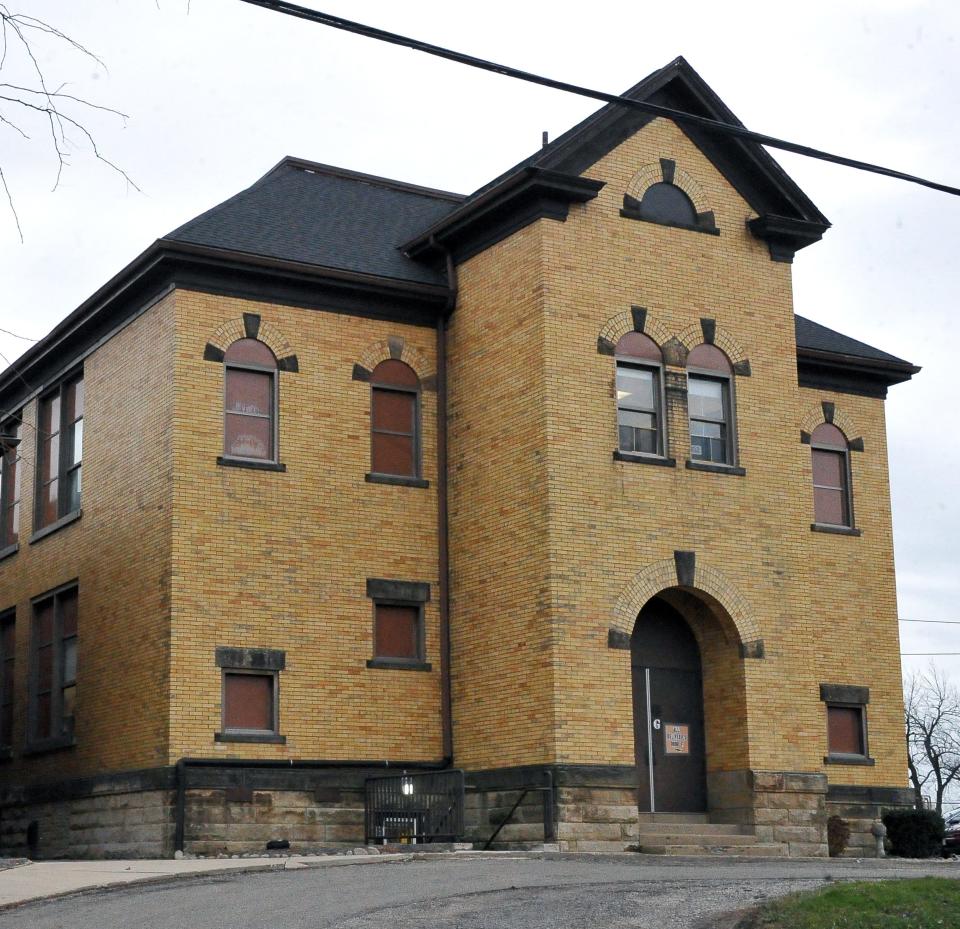
While there have been some additions and updates over the years, including to the roof and electrical wiring, Ritchie said, most of the schools have not seen any major renovations since their initial construction.
“I wouldn't say they've been renovated,” Ritchie said. “... It's not like you'd walk in and go ‘Wow, that's a new building.’”
The district will be getting a brand-new school in a few years. With the help of funding from the Rover pipeline, a one-campus building that will house all Southeast students is planned for completion by August 2024, though the location for the new construction has yet to be determined.
Southeast looking for building location: Board reviews building sites for new school, passes resolution for building funds
The building that houses Cornerstone Elementary, part of Wooster City Schools, was built in the early 1900s and holds decades of history.
The first school that stood at Quinby Avenue and W. Bowman Street was the original Wooster High School, which was built in 1908, said Cornerstone Principal Eric Vizzo.
The three-story building was renovated over the years to add an auditorium in 1922 and a gymnasium 37 years later in 1959.
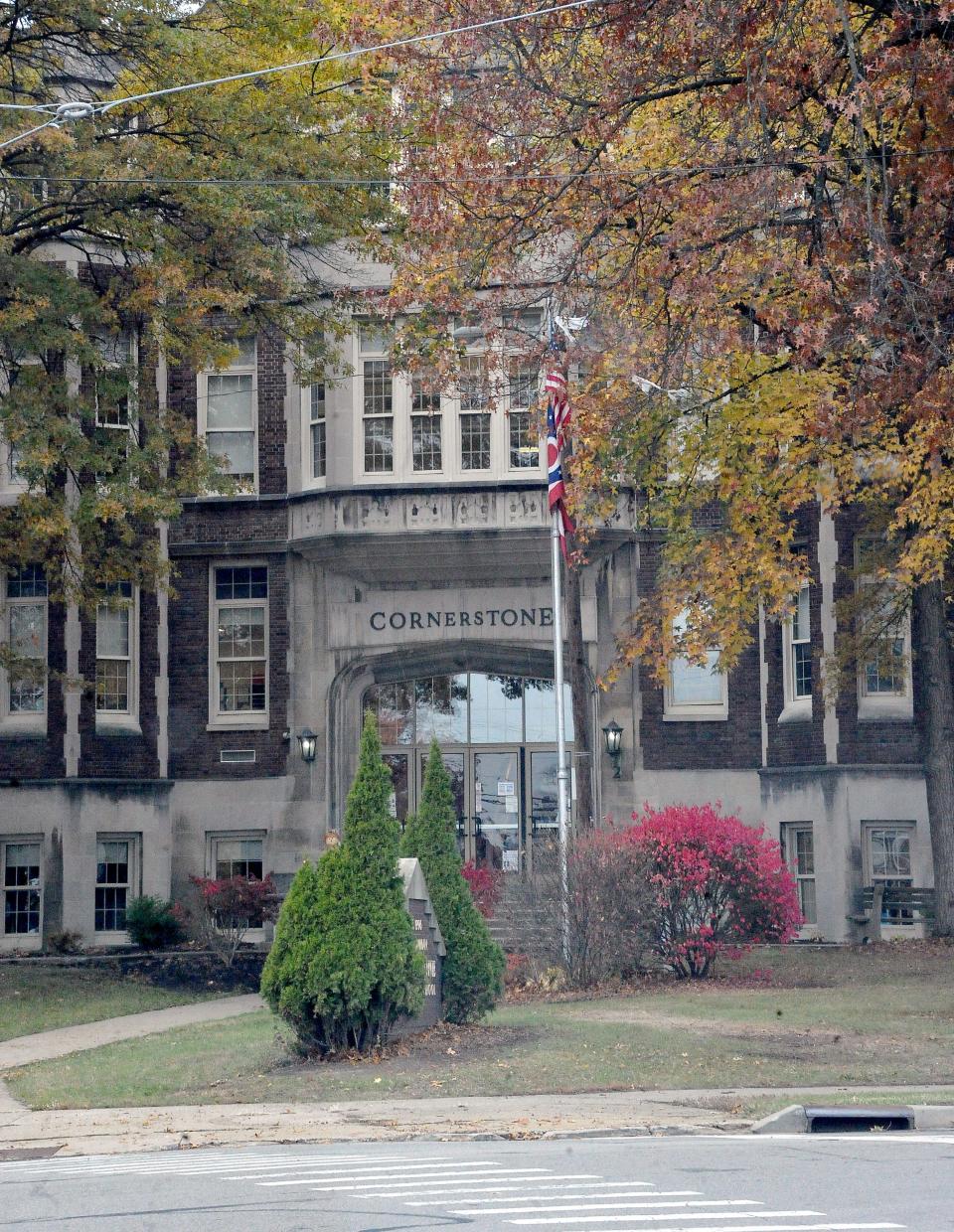
Wooster High became Cornerstone Elementary in the mid 1990s when the district realized the building was not big enough for the growing population, according to a post on the Heritage Ohio website.
The district had planned to demolish the high school and build a new elementary school on the grounds. However, because of community support to keep the old school and a higher-than-expected projected cost to build a new one, the district decided to renovate the current building.
“May of ‘93 would have been the last class that went through this as Wooster High School and then they officially closed it ... and then the class of ‘94 would have been the first class that went to the new high school” Vizzo said.
While the school receive countless renovations before it opened as Cornerstone Elementary, Vizzo said, the old school is still noticeable throughout the building. For example, the stairwell near the main entrance, the wide hallways and lockers, a fireplace in the principal’s office and some of the stage from the original performing arts center that can still be seen in the library.
School mentor: Norwayne superintendent dubs retiring school district treasurer 'a wonderful mentor'
As the district is reviewing its five-year master plan, Vizzo is unsure what the future holds for Cornerstone.
“Discussion has to occur about not only the building itself, which will definitely have nostalgia and history with this long tenure of always being a part of Wooster City Schools. I think what’s also going to become equally important is the spot in which it's located,” Vizzo said.
Once a school, now another use
The Wayne Center for the Arts is housed in what used to be Walnut Street School.
Established in 1973, the center was originally housed on the College of Wooster campus before moving to the old schoolhouse in the 1980s, according to information from the center’s website.
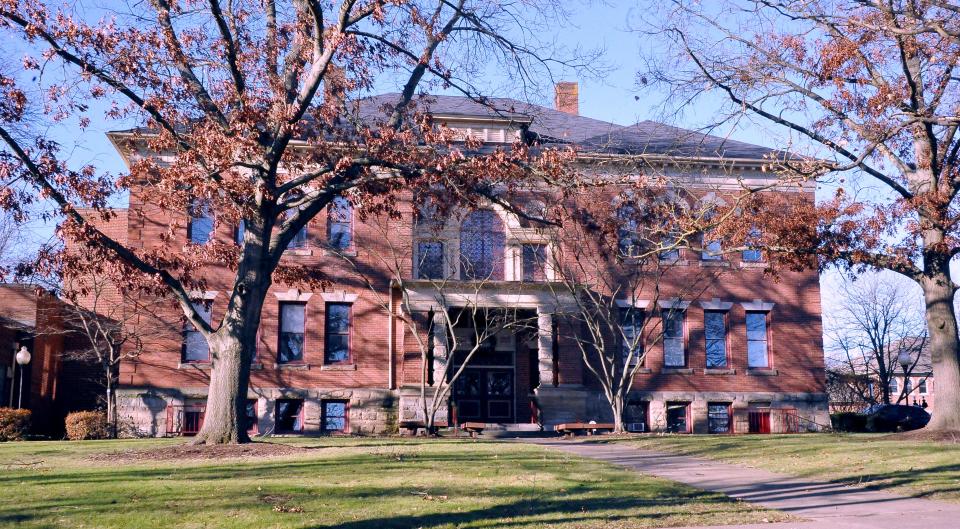
Ted Bogner, who works for the center, assisted when renovations to the old schoolhouse began in 1982. Unlike the Cornerstone building, Bogner said, Walnut Street School needed a lot of updates to bring it up to code, and the renovations made the building a better fit for what the center needed.
“Each one of the classrooms was really converted into a studio,” Bogner said. “... We retained the blackboards and converted the rooms themselves to specific purposes. There was a dance studio, there was a sculpture studio. All things of course related to the arts.”
Memory Cafe: Memory Café offers safe, fun space for dementia patients to get out and socialize
In later years there were further renovations, including all new windows being installed “through the generosity of Mr. Ralph Jones, who was president and owner of the Wooster Glass Company,” Bogner said.
Are there updates and renovations coming? Bogner said the center’s executive director, James Fox, has not made any official announcements about future plans.
One century schoolhouse that has been given a new life is the Beall Avenue School, which was built in 1901, according to a Daily Record article. The building, now called Gault Schoolhouse, is used by the College of Wooster to house roughly 73 students.
Before becoming a dormitory, Bogner said, he was on a team that helped renovate the old Beall Avenue School in 2001, into what would become the Gault Family Learning Center.
“The real purpose of the original renovation was to provide a training area,” Bogner said. “This was mostly dedicated to women so that they could learn and be taught skills that will enable them to go into the marketplace and be much more marketable. In other words, computer skills, typing skills.”
In 2013, the family center was given to the college after some federal and state government cuts in funding.
Although many might disagree on what should have happened to the family center, there are some, like Assistant Director of Residence Life at the College of Wooster, Jake Marion, who appreciate how the Gault Schoolhouse reflects its past.
“I think they wanted to keep that look and keep that feeling,” Marion said. “Still make it feel like its roots and not change it so significantly that it isn't recognizable anymore.”
Holmes County's 100-year old schoolhouses
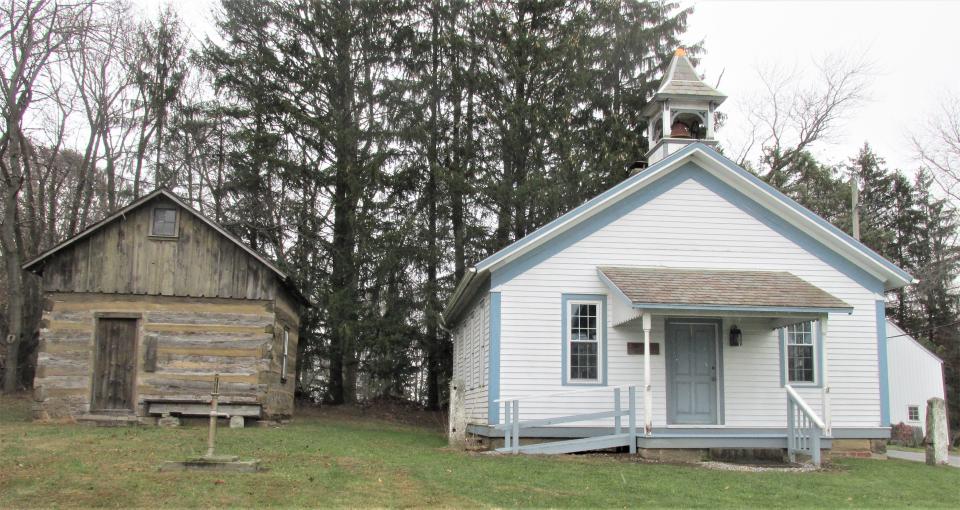
Glenn Wengerd of the Winesburg Historical Society said at one time there were seven one-room schoolhouses in Paint Township at the northeast corner of Holmes County.
"This one, Peter's School, dated to 1845. It burned down and they rebuilt it in 1876," he said. "It was about a mile-and-a-half northwest of Winesburg here, out in the country."
Wengerd explained that the Winesburg Historical Society bought the schoolhouse in the early 1990s for $200 and volunteers spent five years disassembling it, marking each piece and putting it back on the original foundation stone. The building sits in Winesburg Heritage Park off U.S. Route 62, next to a restored 1837 log cabin.
The late Morrie Amos was president of Historical Society at the time and he had retired from Ashland Oil.
"On Saturdays, we had six to eight volunteers and we'd do whatever he wanted done," Wengerd said. "He was the type of guy who made hard work seem easy. He was just a nice guy. After he retired, he didn't have anything to do, so he spent his time on this project.
"We had it finished for the Winesburg Reunion in 1995," he added. That was the same year Amos died.
The organization still holds its meetings at Peter's School, and during the annual Fall Gathering they host a cakewalk there.
Some original items found during the renovation include a kerosene lamp and a world globe stand. The school shut down in 1958 and was turned into a storage shed.
"This was the best of the seven buildings," Wengerd said. "The others were too far gone and deteriorated. The Historical Society decided to save it."
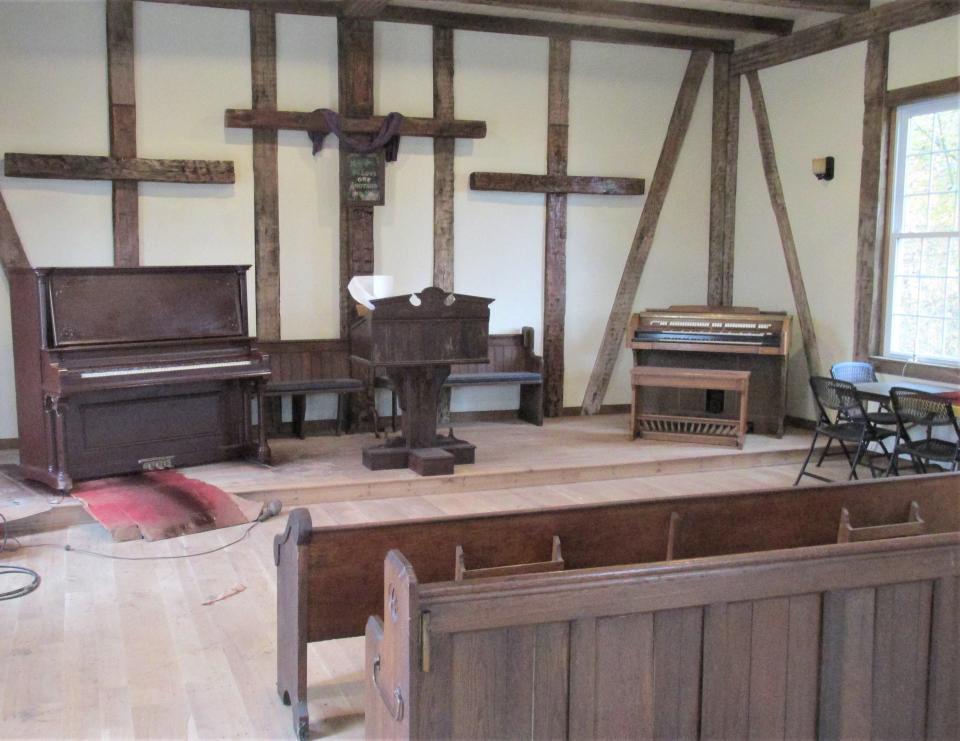
Another century refurbished building in Winesburg is the 1861 German Methodist Church in Laurel Park. The original pastor left to join the Union forces in the American Civil War. A grandson of the founder of Winesburg also served as pastor there.
East and West Holmes schools
Of the four elementary schools in the West Holmes Local School District, two are more than 100 years old, and the other two will turn 100 in 2023.
Lakeville Elementary was built in 1914, originally serving as a high school. The building now houses grades three through five at West Holmes, serving as a partner school with Nashville.
West Holmes football: Four West Holmes Knights named first-team All-Ohio
Killbuck Elementary in southwestern Holmes celebrates its 100th birthday next year.
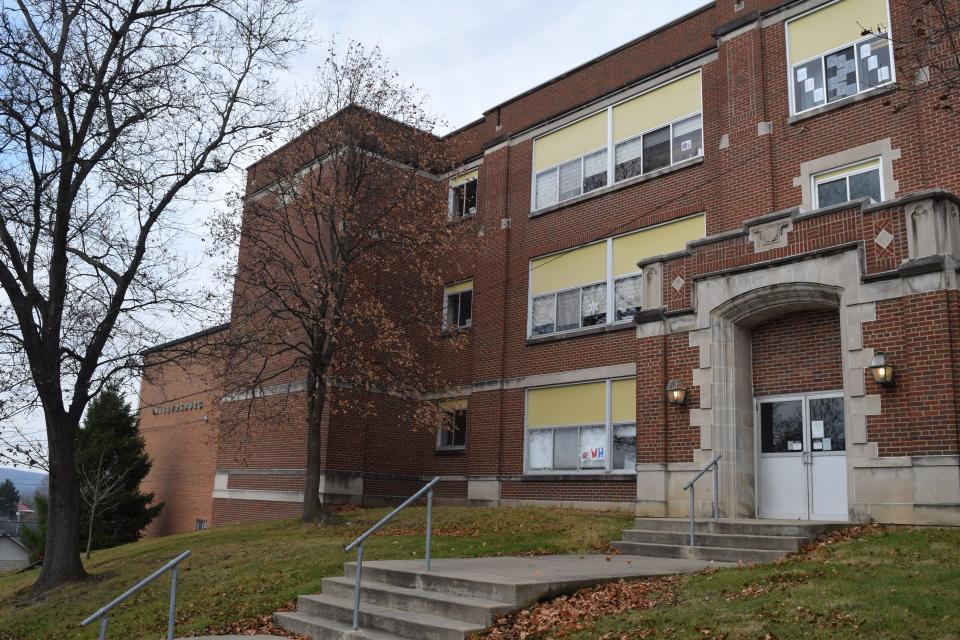
The oldest school building in the district is Millersburg Elementary, which was built in 1913.
It originally was Millersburg High School and also served as West Holmes Middle School until the new high school was constructed in 2000, and the old high school became the middle school.
There were additions to the elementary schools at different times after the original buildings were constructed
In the winter of 2020, the Millersburg building was showing its age, as a water main burst on the second floor and flooded a classroom below it, ruining many pieces of electronic equipment, including computers and a television.
The building has had some renovations over the years, and absorbed many of the students from Clark when the district closed that building.
In East Holmes, Walnut Creek Elementary School, built in 1925, is nearing 100. Berlin Elementary was constructed in 1929. Both schools served as high schools until Hiland was formed in 1959.
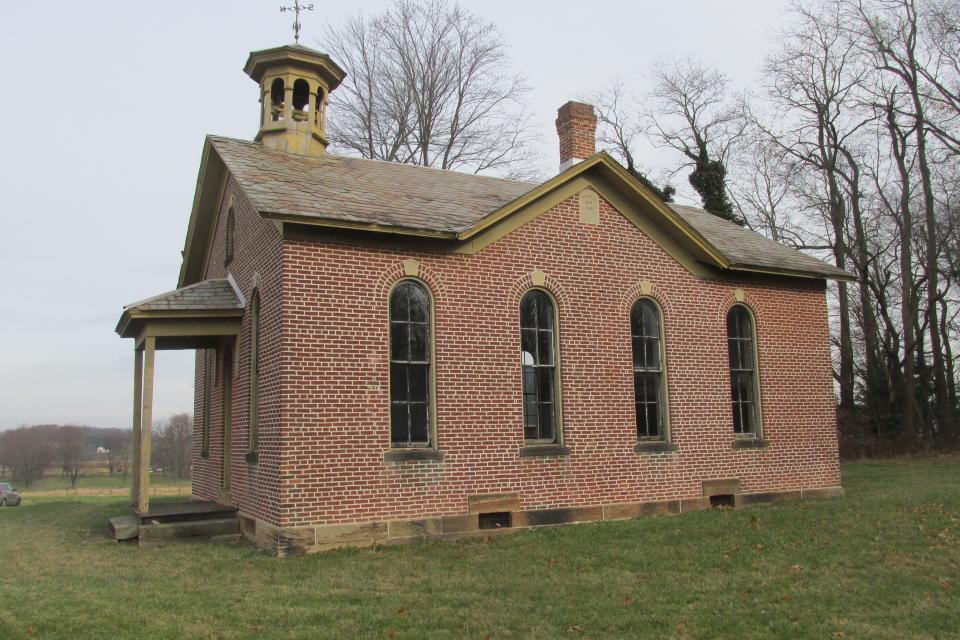
A one-room schoolhouse, the Boyd School at County Road 201 near Berlin, was built in 1889. It is listed on the National Register of Historic Places.
The Italianate architectural style has been restored but has not been used for anything more than storage in recent years. It was used as a schoolhouse until 1962. The brick building replaced another that was built during the Civil War.
Italianate architecture is a popular 19th-century style of building that was inspired by 16th-century Italian Renaissance architecture combined with influences from the farmhouses of the Tuscan countryside.
The Vermillion Institute lives on in Ashland County
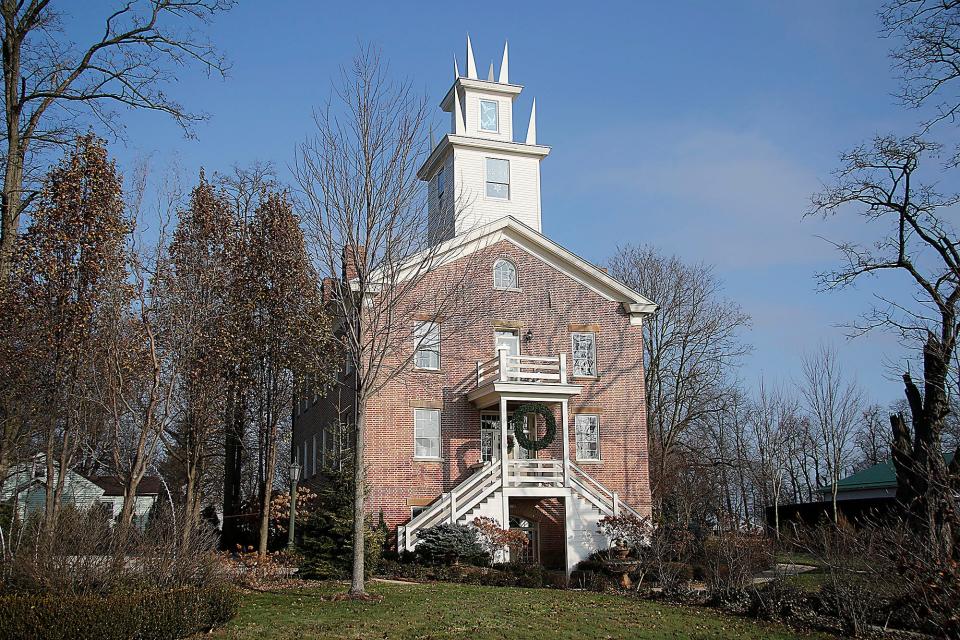
The Vermillion Institute building is a historical landmark in Ashland County.
Founded in 1843 as a liberal arts college, at one time the Hayseville institution of higher education had an enrollment of 600 students from 13 different states, according to the book "Historic Ashland County."
The institute was known for its prestigious academics and occasional hijinks.
According to the book, an unwilling cow was led to the third floor of the building and eventually led back down. The professor and Rev. D. Saunders Diefendorf would occasionally put on a duster and old straw hat and push a wheelbarrow to impersonate Hayesville resident Yankee Sam Harlan.
Enrollment declined during the Civil War and never regained afterward.
It wasn’t until 1886 that the institute reopened as Hayesville High School and continued until 1929 when the combined elementary and high school was built.
Steven McQuillin purchased the building 10 years ago when it was in disrepair.
“It was in terrible shape,” he said. “It wasn’t occupied for years and years. I completely rebuilt the building," he said.
The cost to renovate and bring the building to modern times took an enormous amount of capital, more than what McQuillin, a preservationist, was originally expecting.
McQuillin has worked for Ohio Historic Preservation Office for man than 34 years.
“It’s a beautiful place and I definitely enjoy living there,” McQuillin said. “I knew about the building for years and was just distressed by its bad condition."

The old Arthur Street School in Ashland is nearing the century mark.
Ashland City Schools Board of Education agreed to sell the approximately 95-year-old building at 416 Arthur St. to Schwab Development, LLC for $10,000 in June 2020.
The structure previously served as administrative offices for the district until 2016.
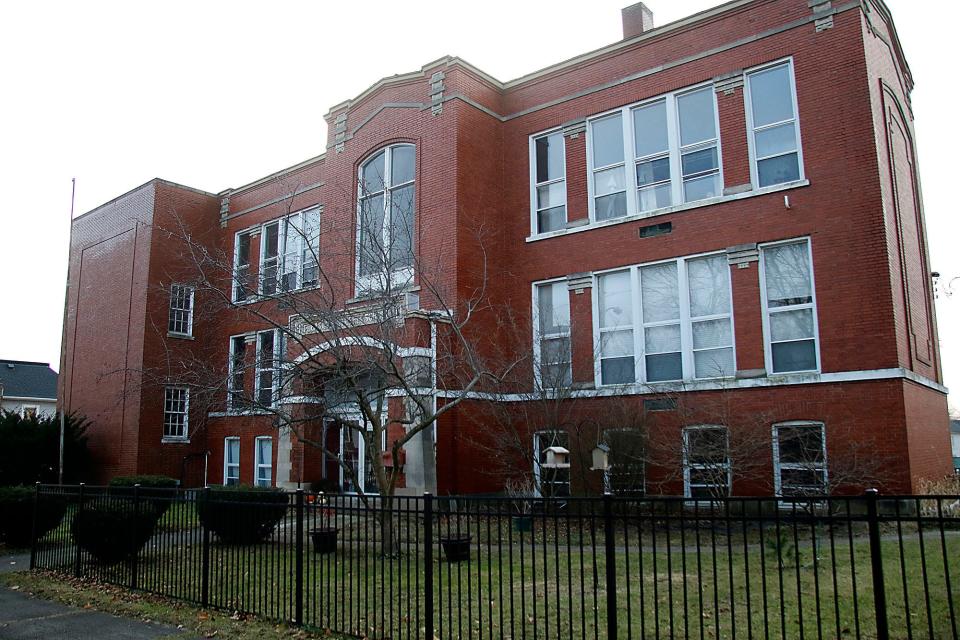
Built in 1911, the former Pleasant Street School is home to Derrick Bowersock and Kelly Jacobs. The couple purchased the property several years ago and began renovating it in August 2020.
The 110-year-old building closed as a school in 1998, and was later available to rent as apartments. Bowersock, a massage therapist in Ashland, had rented one of the rooms in 2016 and saw the building's potential. When he met Jacobs the pair began making plans for the old schoolhouse.
This past summer the couple invited the Pleasant Street School Class of 1993 to help unearth a time capsule the former students had buried on the property. The search for the time capsule proved unsuccessful.
This article originally appeared on The Daily Record: Century schoolhouses in the tri-county area and how they're being used

